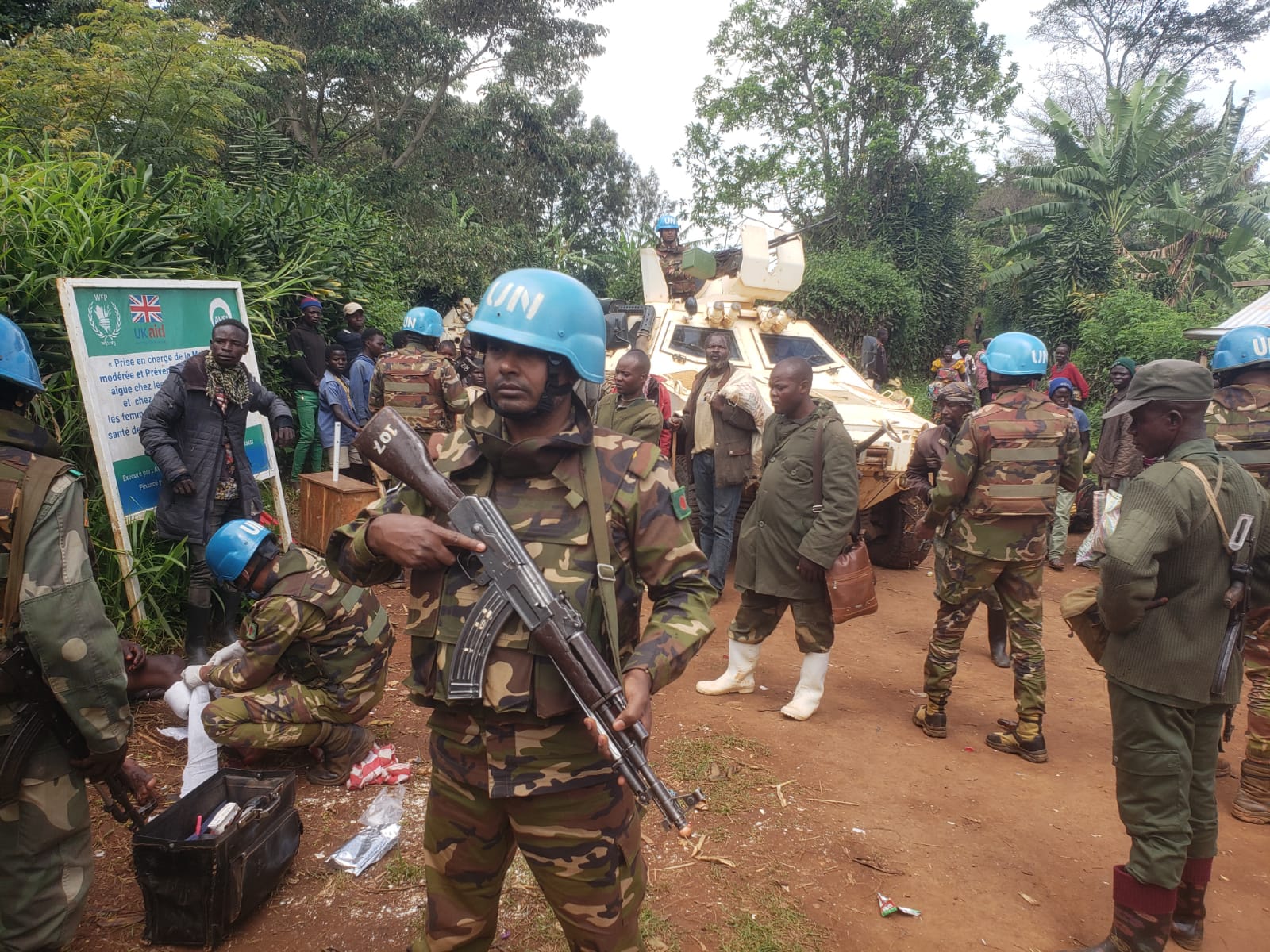
The UN has transferred control of its first base of operations in the Democratic Republic of the Congo to the Congolese government. The move is a part of the UN’s plan to end its current peacekeeping operations within the DRC by the end of the year. The UN made the decision to withdraw from the DRC in December, despite ongoing instability in the country.
The UN Organization Stabilization Mission in the DRC (MONUSCO) announced on Feb. 28 that it had transferred control of the base in Kamanyola, Sout Kivu province, to the Congolese government. The base will now be operated by the National Police of the DRC. MONUSCO said in a statement that the move signaled one of the first acts of disengagement from the country.
UN peacekeepers have been present in the DRC since 1999, with the formation of MONUC to oversee operations following the civil war. The current peacekeeping mission, MONUSCO, took over from MONUC in 2010 and has been in place ever since. During this period, there has been near-constant pressure from opposition movements and guerilla forces.
Congo has represented one of the largest peacekeeping missions the UN has ever undertaken. Since 2010, over 30,000 UN staff have been deployed to the region as either peacekeepers or aid workers.
The withdrawal follows a request by the government of the DRC, which was just elected in a controversial vote in January. However, the DRC’s Foreign Minister Christophe Lutundula has told reporters that “the withdrawal of MONUSCO does not necessarily mean the end of the fight we are undertaking to protect the territorial interests of our country, we must continue to struggle.”
The DRC is still undergoing an escalation of fighting between rebels, such as the March 23 Movement (M23) and the armed forces. As of June 2023, the conflicts in the eastern DRC had internally displaced more than 6.1 million people since that January.
From Jurist, Feb. 29. Use with permission.
See our last reports on the M23 insurgency.
Photo: MONUSCO via Wikimedia Commons




